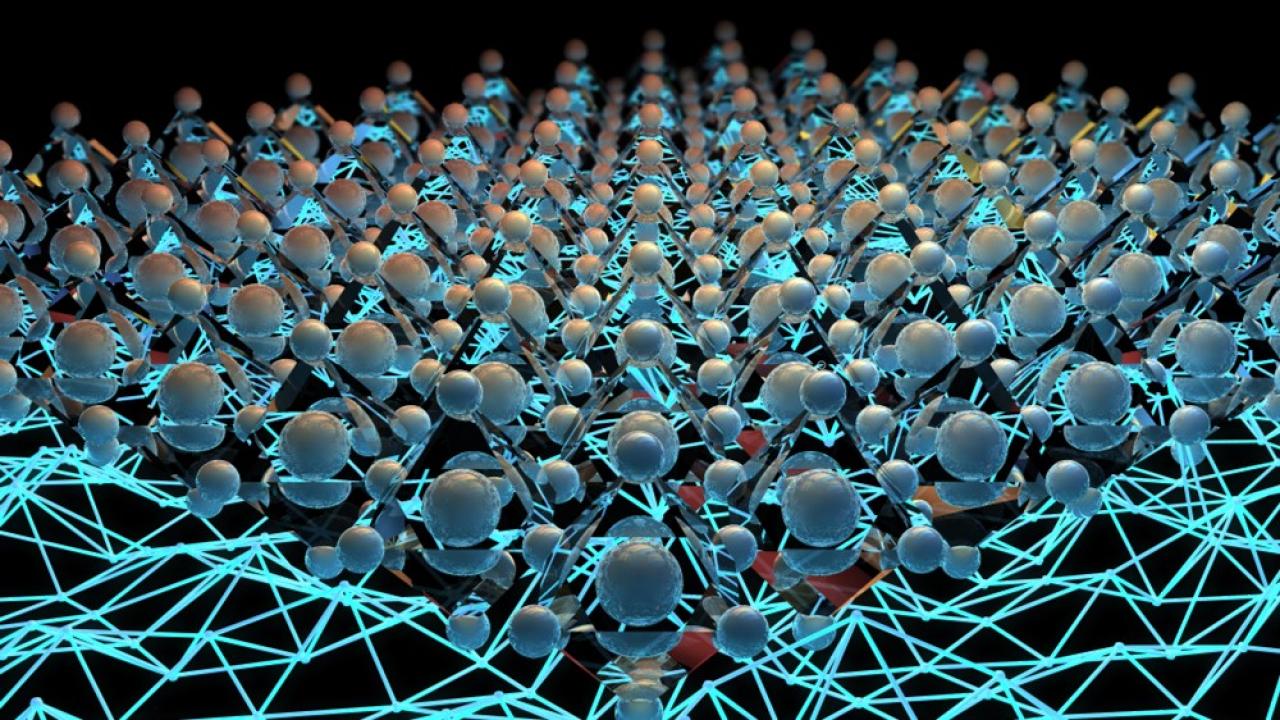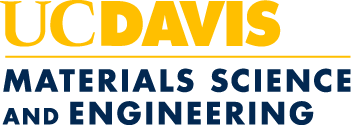
Marina Leite co-authors new paper that standardizes perovskite stability testing
Associate professor Marina Leite is a co-author on a new paper in Nature Energy that establishes standards and procedures for testing the stability of perovskite photovoltaic devices. The publication, the result of the 12th International Summit on Organic Photovoltaic Stability (ISOS) in October 2019, was co-written by 60 leading researchers in the field from across the globe who came together to form this consensus.
Perovskites are organic/inorganic hybrid materials used to make photovoltaic solar cells. Though perovskite cells can more efficiently and inexpensively generate solar energy than other types of photovoltaics, the materials used are highly sensitive to degradation over time from the environment.
“In order to implement perovskite solar cells as a reliable energy source, we must identify and control physical and chemical processes that can lead to device degradation,” said Leite. “This paper provides a comprehensive guideline on how to test the performance and aging of perovskite cells in a way that devices made in different research labs can be compared.”
One of the biggest problems in the field is the lack of consistent procedures for evaluating degradation. This means that materials are being evaluated under different standards and parameters and therefore the experimental results can’t be compared between studies. This makes standardization critical to future research in this area, which is why forming a consensus is so important.
Standardizing testing and reporting is also important for machine learning and artificial intelligence (AI).
“Since machine learning training requires an enormous amount of data to reliably predict material behavior, we provided a detailed route for how researchers should display their results,” said Leite, noting that more results means more data.
Many, including Leite, believe AI is going to be critical to evaluating and designing perovskite cells due to the complexity of factors that can lead to instability and degradation.
“Because the stability of the perovskites can be affected by humidity, oxygen, temperature, electrical bias and light, we must consider these stress factors individually and in combination,” she said. “My group is working towards this goal by implementing machine learning methods.”
Current projects include using machine learning to develop and optimize a reap-rest-recovery cycle for perovskite cells to avoid degradation and increase longevity. Leite hopes to train a system using new data from researchers across the globe that will be available thanks to the new standards and procedures.
The paper, “Consensus statement for stability assessment and reporting for perovskite photovoltaics based on ISOS procedures,” was published this week in Nature Energy. Read the publication online to learn more.
